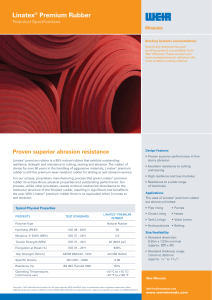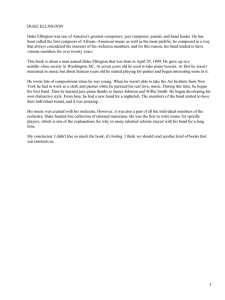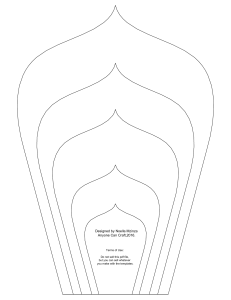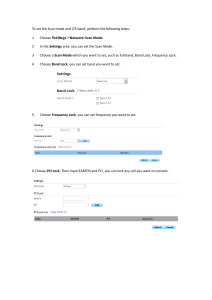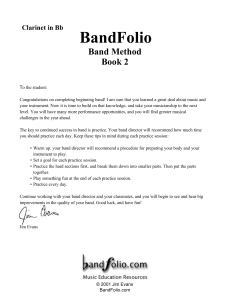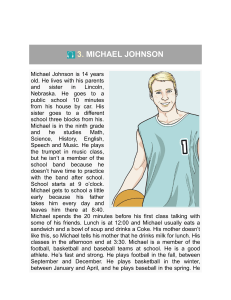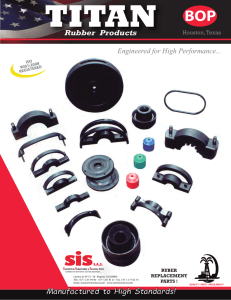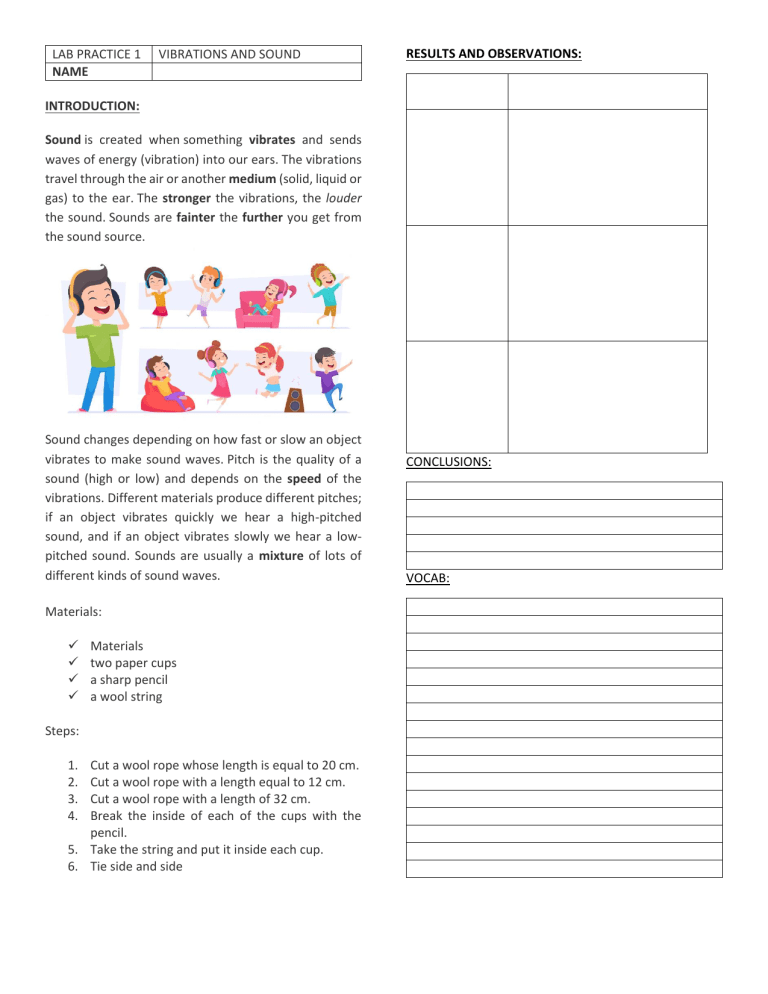
LAB PRACTICE 1 NAME VIBRATIONS AND SOUND RESULTS AND OBSERVATIONS: INTRODUCTION: Sound is created when something vibrates and sends waves of energy (vibration) into our ears. The vibrations travel through the air or another medium (solid, liquid or gas) to the ear. The stronger the vibrations, the louder the sound. Sounds are fainter the further you get from the sound source. Sound changes depending on how fast or slow an object vibrates to make sound waves. Pitch is the quality of a sound (high or low) and depends on the speed of the vibrations. Different materials produce different pitches; if an object vibrates quickly we hear a high-pitched sound, and if an object vibrates slowly we hear a lowpitched sound. Sounds are usually a mixture of lots of different kinds of sound waves. Materials: ✓ ✓ ✓ ✓ Materials two paper cups a sharp pencil a wool string Steps: 1. 2. 3. 4. Cut a wool rope whose length is equal to 20 cm. Cut a wool rope with a length equal to 12 cm. Cut a wool rope with a length of 32 cm. Break the inside of each of the cups with the pencil. 5. Take the string and put it inside each cup. 6. Tie side and side CONCLUSIONS: VOCAB: LAB PRACTICE 2 NAME MUSICAL WAVES INTRODUCTION What in the world do musical instruments have to do with physics? Actually, quite a lot! 4. Put the second craft stick on top of the first and attach them with a thin rubber band on the straw end. 5. Place the second straw piece between the top of the wide rubber band and the top craft stick. (One straw will be under the rubber band, and one will be on top.) 6. Attach the other end with the last rubber band. 7. Blow in the middle to make a kazoo sound. RESULTS AND OBSERVATIONS: The whole reason we can hear music is thanks to vibrations that form waves of sound which travel through the air. Our ears collect those waves and translate them into the music we enjoy. Musical instruments manipulate the way these waves are produced or how they travel to produce what we can sound. CONCLUSIONS: The glasses with different amounts of water make different sounds. We hear sounds because the air around us vibrates, carrying the sound to our ears. Hitting the glass causes it to vibrate and make a sound that we can hear. PART A Materials: ✓ ✓ ✓ ✓ 2 wide craft sticks (I bought these at Walmart) Drinking straw 1 wide rubber band, and 2 thin rubber bands Scissors Steps: 1. Cut 2 pieces off the drinking straw, about 1 1/2 inches long. 2. Wrap one of the craft sticks longways with the wide rubber band. 3. Place one straw piece under the wide rubber band on one end of the stick. VOCAB: LAB PRACTICE 3 NAME MUSICAL WAVES PART B How to Do the Experiment: Fill several glasses with water, varying the amount of water in each one. You can add food coloring to change the color in each glass. Tap the glasses with a spoon to make sounds. As you tap, listen to how the sounds differ depending on the amount of water in the glass. RESULTS AND OBSERVATIONS CONCLUSIONS

